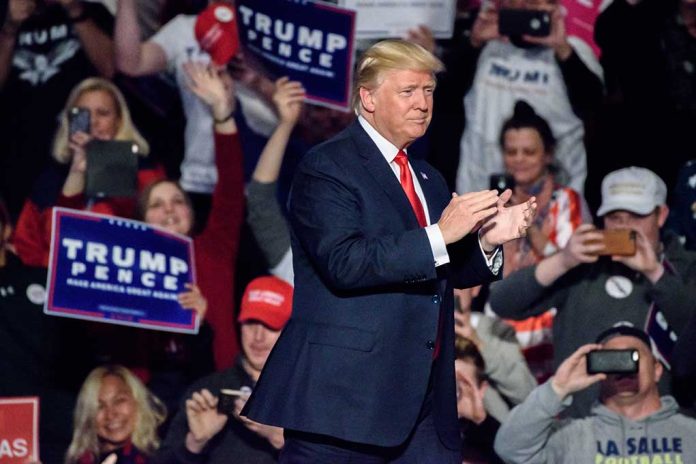
President Trump’s transparency agenda took a pivotal step towards revealing federal spending secrets, prompting curiosity about the initiative’s ultimate impact on fiscal accountability.
Key Takeaways
- Trump’s memorandum demands federal agencies disclose detailed spending, aiming for radical transparency.
- The administration criticized excessive spending and demanded a public disclosure of terminated programs and grants.
- The Department of Government Efficiency’s audits reportedly saved $55 billion.
- Irregularities in international aid efforts and Social Security payments highlight spending inefficiencies.
Trump’s Memorandum on Transparency
President Trump’s “Radical Transparency About Wasteful Spending” memorandum calls for detailed public disclosures on spending. Emphasizing accountability, the memo demands transparency from agency heads about canceled contracts and terminated programs. The guidance aligns with the Department of Government Efficiency’s (DOGE) ongoing efforts to reduce waste. A significant focus is scrutinizing expenses that do not genuinely serve the American public’s interest.
“The American people have a right to see how the Federal Government has wasted their hard-earned wages,” stated Trump in the memo.
The transparency push also addresses past inefficiencies including excessive spending on programs like diversity promotion in foreign countries. Critics within the administration note issues with international aid projects and irregular Social Security disbursements.
An Eye on Accountability
Highlighting taxpayer rights to understand expenditure, the administration targets bureaucratic inefficiencies. A 10-to-1 deregulation initiative requires proof of taxpayer benefit for new rules. Through thorough audits, DOGE has reportedly eliminated wasteful spending, directing the saved resources toward more pivotal national projects.
Government spending allocations continue to draw scrutiny, with discussions about cost-cutting measures and realignment of funds. Accusations of past mismanagement and the administration’s watchdog role emphasize an ongoing commitment to financial accountability.
Redirecting Fiscal Policy
Addressing wasteful spending aligns with the fiscal push for national interests. The memorandum critiques the financing of ideological projects that do not align with U.S. priorities. Emphasizing taxpayer rights, the administration aims to demonstrate a model of government spending that upholds the interests of the American people.
The Trump administration’s stance against inefficient spending emphasizes the importance of oversight and accountability. By spotlighting and curbing wastefulness, the administration positions itself as a proactive steward of taxpayer money.





